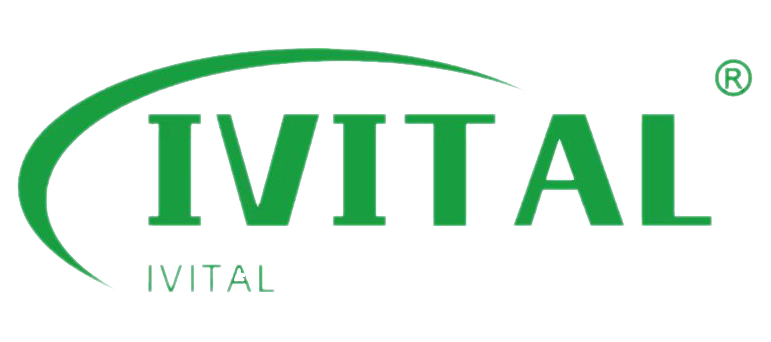In industries like construction, mining, and logistics, safety and efficiency are paramount when it comes to lifting operations. That’s why the self-locking hook has become a must-have for safe heavy lifting. These hooks have built-in locking mechanisms that reduce human error. If you’re in the market for rigging products, knowing how these hooks improve safety and productivity can make all the difference.
What’s a Self-Locking Hook?
A self-locking hook is a lifting device that locks itself when it hits something, so you don’t have to do it. This keeps you from dropping stuff, which is important when you’re lifting really heavy things that could kill you. Self-locking hooks are a big deal in industries like construction and mining because they make you safer, keep you from stopping all the time, and help you get more done.
But how exactly do self-locking hooks benefit your operation, and what sets them apart from traditional hooks?
Why Do You Need a Lifting Hook?
You need a lifting hook to grab and hold onto stuff when you lift it. They usually go on cranes, hoists, or other machines that move stuff. They make sure you can move heavy things without them falling off. Instead of regular hooks, you can get self-locking hooks that lock themselves so the stuff you’re moving doesn’t fall off. This keeps you from dropping stuff, which can hurt people, break things, or stop the job.
What Are the Advantages of Using Self-Locking Hooks?
Self-locking hooks have several advantages, including:
- Safety: The automatic locking feature reduces the risk of accidental load release, keeping workers and equipment safe.
- Efficiency: With no need to manually lock the hook, these hooks speed up the loading process, reducing downtime and human error during lifting operations.
- Durability: Self-locking hooks are built to handle heavy loads over long periods, reducing wear and tear. They are tough enough to be relied upon in harsh environments like construction sites, mines, and ports.
By using self-locking hooks, companies can be confident that, even under the strain of high-capacity loads, the hook will remain securely locked, providing peace of mind in demanding environments.
What’s the Difference Between Weight Lifting Hooks?
Self-locking hooks are used for heavy lifting in industry, while weight lifting hooks (used in fitness) are different. Weight lifting hooks are designed to improve grip strength so that you can lift more weight by taking the strain off your wrists and hands. Self-locking hooks, on the other hand, are designed to secure the load without human intervention, ensuring that the load stays locked in place when you’re moving it or lifting it.
What Are the Two Most Common Hooks Used for Lifting?
The two most common hooks used in lifting operations are eye hooks and clevis slip hooks.
- Eye hooks are hooks with a loop or “eye” at the top that makes them easy to connect to slings or chains for secure lifting.
- Clevis slip hooks are hooks with a U-shaped attachment point and a removable pin that allows for quick and secure connections. They are often used with self-locking mechanisms for added safety.
Both eye hooks and clevis slip hooks are designed to work with rigging equipment and are used widely in various industries.
Why Does It Matter for Heavy Lifting Operations?
When you’re lifting heavy stuff, every little thing matters. Self-locking hooks give you an extra layer of protection against one of the most dangerous things that can happen when you’re lifting—dropping the load because it came unhooked. That’s why you need them if you’re in construction, mining, or logistics, where you’re moving big, heavy stuff every day.
If you use self-locking hooks, you can keep from having expensive accidents, keep your people from getting hurt, and get more done, which makes them an investment you can’t afford not to make in your lifting operation.
Summary:
Self-locking hooks are a must-have for any heavy lifting job. They make your lifts safer and more efficient. They automatically lock onto your load without you having to do anything. This means you’re less likely to have an accident and you can keep on working. If you work in construction, mining, or logistics, you need to get some self-locking hooks. They’ll help you make safer and more productive lifts.



